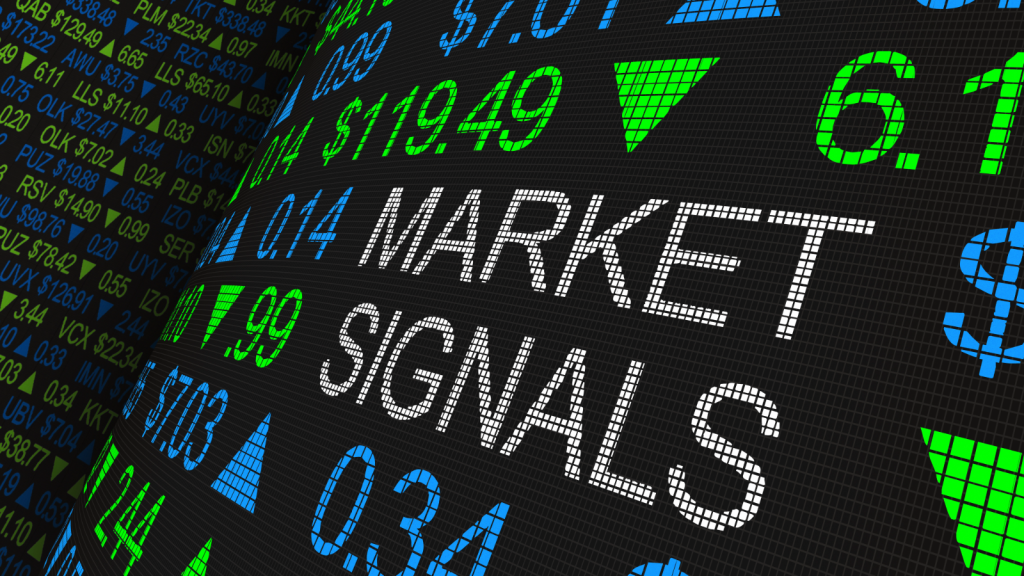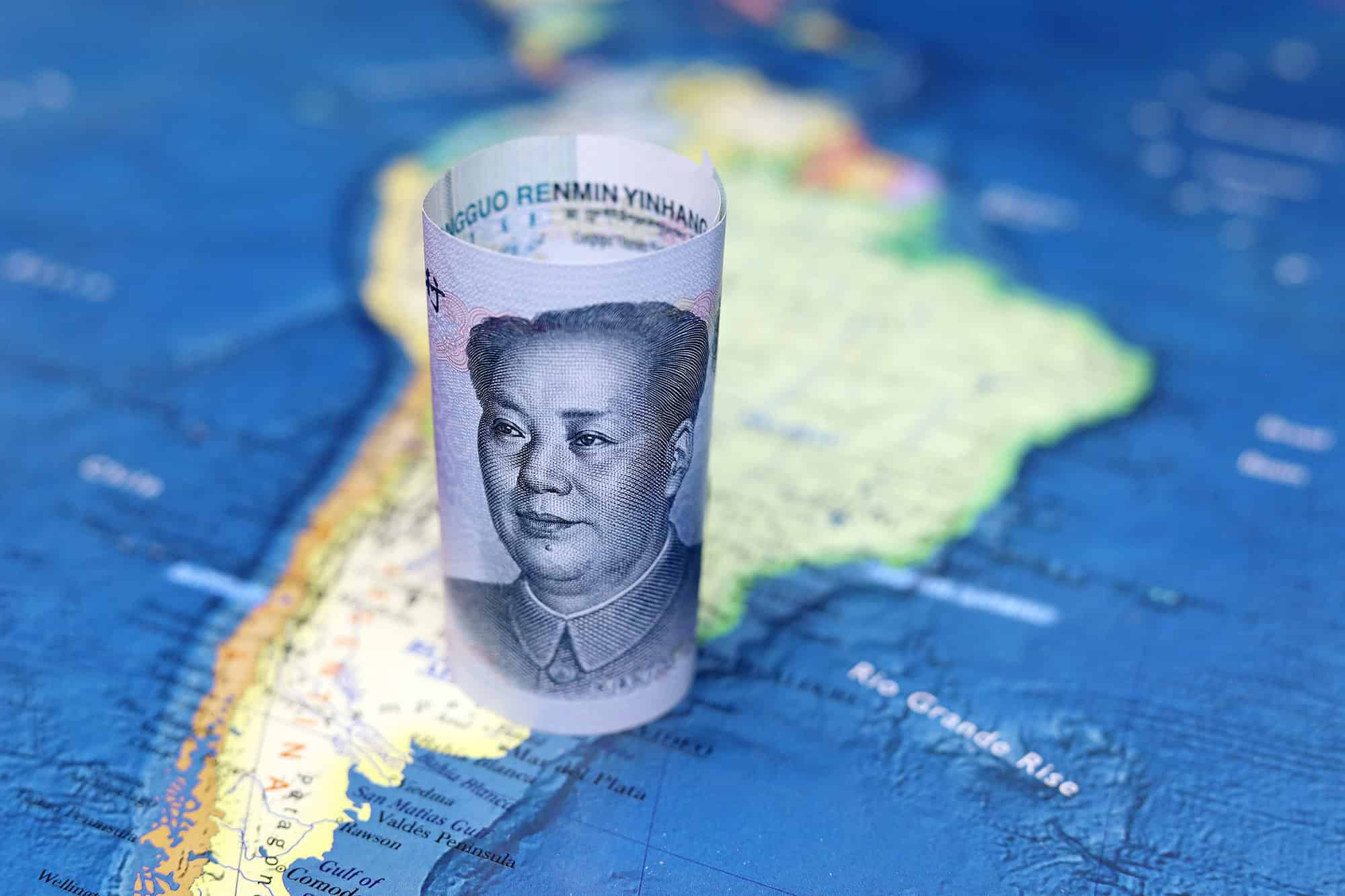Updated on March 6th, 2025 by Bob Ciura
“KISS” stands for Keep It Simple Stupid.
The “Stupid” part isn’t meant to be an insult. It’s a reminder that smart people can make “stupid” mistakes when things are over-complicated.
“Simplicity is the ultimate sophistication”
– Attributed to Leonardo Da Vinci
Retirement investing should be kept simple in order to minimize mistakes. At its core, retirement investing is all about creating passive income.
At Sure Dividend, we focus on dividend-paying stocks to build a growing passive income stream.
One way for investors to find great dividend stocks is to focus on those with the longest histories of raising dividends.
With this in mind, we created a downloadable list of over 130 Dividend Champions, which have increased their dividends for over 25 consecutive years.
You can download your free copy of the Dividend Champions list, along with relevant financial metrics like price-to-earnings ratios, dividend yields, and payout ratios, by clicking on the link below:
Investors are likely familiar with the Dividend Aristocrats, a group of 69 stocks in the S&P 500 Index with 25+ consecutive years of dividend increases.
Meanwhile, investors should also familiarize themselves with the Dividend Champions, which have also raised their dividends for at least 25 years in a row.
While their length of dividend increases is the same, leading to some overlap, there are also some important differences between the Dividend Aristocrats and Dividend Champions.
As a result, the Dividend Champions list is much more expansive. There are many high-quality Dividend Champions that are not included on the Dividend Aristocrats list.
This article will discuss 10 Dividend Champions that are ideal candidates for investors looking to keep investing simple with high-quality dividend stocks.
Table of Contents
The 10 stocks below have all increased their dividends for over 25 years, with Dividend Risk Scores of ‘C’ or higher. In addition, they have dividend payout ratios below 70% which indicates dividend sustainability.
Lastly, the 10 stocks have dividend growth rates above 5%.
You can instantly jump to any specific section of the article by clicking on the links below:
The 10 KISS stocks have been ranked by expected total annual return over the next five years, from lowest to highest.
KISS Stock #10: Tennant Co. (TNC)
- 5-year expected returns: 12.3%
Tennant Company is a machinery company that produces cleaning products and that offers cleaning solutions to its customers.
In the US, the company holds the market leadership position in its industry, but the company also sells its products in more than 100 additional countries around the globe.


Source: Investor Presentation
Tennant Company reported its fourth quarter earnings results on February 19. Revenues of $328 million during the quarter, which was 6% more than the top line number from the previous year’s quarter.
This was slightly better than the recent trend, as revenue had grown less on a year-over-year basis during the previous quarter.
Tennant Company generated adjusted earnings-per-share of $1.52 during the fourth quarter, which was less than what the analyst community had forecast, and which was down compared to the previous year.
Management is forecasting that adjusted earnings-per-share will fall into a range of $5.70 to $6.20 in 2025.
Click here to download our most recent Sure Analysis report on TNC (preview of page 1 of 3 shown below):


KISS Stock #9: Sysco Corp. (SYY)
- 5-year expected returns: 13.5%
Sysco Corporation is the largest wholesale food distributor in the United States. The company serves 600,000 locations with food delivery, including restaurants, hospitals, schools, hotels, and other facilities.


Source: Investor Presentation
On January 28th, 2025, Sysco reported second-quarter results for Fiscal Year (FY)2025. The company reported a 4.5% increase in sales for the second quarter of fiscal year 2025, reaching $20.2 billion.
U.S. Foodservice volume grew by 1.4%, while gross profit rose 3.9% to $3.7 billion. Operating income increased 1.7% to $712 million, with adjusted operating income growing 5.1% to $783 million. Earnings per share (EPS) remained at $0.82, while adjusted EPS grew 4.5% to $0.93.
The company reaffirmed its full-year guidance, projecting sales growth of 4%-5% and adjusted EPS growth of 6%-7%.
Click here to download our most recent Sure Analysis report on SYY (preview of page 1 of 3 shown below):


KISS Stock #8: Target Corp. (TGT)
- 5-year expected returns: 13.5%
Target was founded in 1902 and now operates about 1,850 big box stores, which offer general merchandise and food, as well as serving as distribution points for the company’s e-commerce business.
Target posted third quarter earnings on November 20th, 2024. Third quarter revenue was $25.67 billion, up 1.1% year-over-year, but missing estimates by $230 million. Adjusted earnings-per-share came to $1.85, which missed estimates by a staggering 45 cents, or 20%.
For Q3, comparable sales were up just 0.3%, missing estimates of 1.5%. Guest traffic was up 2.4% in the quarter while digital comparable sales rose 10.8%. Gains there were led by Target Circle 360 and Drive Up.
Operating margin was 4.6% of revenue, down from 5.2% a year ago. Gross margins were off 20 basis points to 27.2% of revenue, reflecting higher digital fulfillment and supply chain costs.
Click here to download our most recent Sure Analysis report on TGT (preview of page 1 of 3 shown below):


KISS Stock #7: Bank OZK (OZK)
- 5-year expected returns: 13.8%
Bank OZK is a regional bank that offers services such as checking, business banking, commercial loans and mortgages to its customers in Arkansas, Florida, North Carolina, Texas, Alabama, South Carolina, New York and California.
On January 2nd, 2025, Bank OZK announced a $0.42 quarterly dividend, representing a 2.4% raise over the last quarter’s payment and a 10.5% raise year-over-year. This marked the company’s 58th consecutive quarter of raising its dividend.
In mid-January, Bank OZK reported (1/16/25) results for the fourth quarter of 2024. Total loans and deposits grew 13% each over the prior year’s quarter. Net interest income grew 2% over the prior year’s quarter, despite higher deposit costs.
Earnings-per-share grew 4%, from $1.50 to a new all-time high of $1.56, and exceeded the analysts’ consensus by $0.11. Bank OZK has exceeded the analysts’ consensus in 17 of the last 19 quarters and has posted record earnings-per-share for 9 consecutive quarters.
Management expects a recovery of net interest margin from mid-2025 thanks to lower interest rates and deposit costs.
Click here to download our most recent Sure Analysis report on OZK (preview of page 1 of 3 shown below):


KISS Stock #6: Becton Dickinson & Co. (BDX)
- 5-year expected returns: 13.8%
Becton, Dickinson & Co. is a global leader in the medical supply industry. The company was founded in 1897 and has 75,000 employees across 190 countries.
The company generates about $20 billion in annual revenue, with approximately 43% of revenues coming from outside of the U.S.
On February 5th, 2025, BD released results for the first quarter of fiscal year 2025, which ended December 31st, 2024. For the quarter, revenue increased 9.8% to $5.17 billion, which was $60 million more than expected.


Source: Investor Presentation
On a currency neutral basis, revenue improved 9.6%. Adjusted earnings-per-share of $3.43 compared favorably to $2.68 in the prior year and was $0.44 ahead of estimates.
For the quarter, U.S. grew 12% while international was up 6.7% on a reported basis. Excluding currency, international was higher by 6.3%. Organic growth was up 3.9% for the period.
The Medical segment grew 17.1% organically to $2.62 billion, mostly due to gains in Mediation Management Solutions and Medication Delivery Solutions. Life Science was up 0.5% to $1.3 billion.
Click here to download our most recent Sure Analysis report on BDX (preview of page 1 of 3 shown below):


KISS Stock #5: SEI Investments Co. (SEIC)
- 5-year expected returns: 13.9%
SEI Investments was founded in 1968 and over the last 50+ years has grown into a global provider of investment processing, investment management, and investment operations solutions for financial institutions and advisors.
SEI has about $1.6 trillion combined in assets under administration and management. The company should produce about $2.3 billion in revenue this year.
SEI posted fourth quarter and full-year earnings on January 29th, 2025, and results were mixed. Revenue soared 15% year-on-year to $557 million, beating estimates narrowly.
Adjusted earnings-per-share came to $1.19, missing estimates by a penny. Earnings were up 31% from the year before.
Management noted reduced earnings in Q4 from higher incentive compensation, the timing of stock-based compensation, and forex translation. Despite this, earnings in Q4 were very near a record for SEIC.
Consolidated operating income soared 43% year-over-year on strong revenue and expense management, with each segment seeing higher profits.
Click here to download our most recent Sure Analysis report on SEIC (preview of page 1 of 3 shown below):


KISS Stock #4: Nordson Corp. (NDSN)
- 5-year expected returns: 14.1%
Nordson was founded in 1954 in Amherst, Ohio by brothers Eric and Evan Nord, but the company can trace its roots back to 1909 with the U.S. Automatic Company.
Today the company has operations in over 35 countries and engineers, manufactures, and markets products used for dispensing adhesives, coatings, sealants, biomaterials, plastics, and other materials, with applications ranging from diapers and straws to cell phones and aerospace.


Source: Investor Presentation
On December 11th, 2024, Nordson reported fourth quarter results for the period ending October 31st, 2024. For the quarter, the company reported sales of $744 million, 4% higher compared to $719 million in Q4 2023, which was driven by a positive acquisition impact, and offset by organic decrease of 3%.
Industrial Precision saw sales decrease by 3%, while the Medical and Fluid Solutions and Advanced Technology Solutions segments had sales increases of 19% and 5%, respectively.
The company generated adjusted earnings per share of $2.78, a 3% increase compared to the same prior year period.
Click here to download our most recent Sure Analysis report on NDSN (preview of page 1 of 3 shown below):


KISS Stock #3: PPG Industries (PPG)
- 5-year expected returns: 14.8%
PPG Industries is the world’s largest paints and coatings company. Its only competitors of similar size are Sherwin-Williams and Dutch paint company Akzo Nobel.
PPG Industries was founded in 1883 as a manufacturer and distributor of glass (its name stands for Pittsburgh Plate Glass) and today has approximately 3,500 technical employees located in more than 70 countries at 100 locations.
On January 31st, 2025, PPG Industries announced fourth quarter and full year results for the period ending December 31st, 2024. For the quarter, revenue declined 4.6% to $3.73 billion and missed estimates by $241 million.
Adjusted net income of $375 million, or $1.61 per share, compared favorably to adjusted net income of $372 million, or $1.56 per share, in the prior year. Adjusted earnings-per-share was $0.02 below expectations.


Source: Investor Presentation
For the year, revenue from continuing operations decreased 2% to $15.8 billion while adjusted earnings-per-share totaled $7.87.
PPG Industries repurchased ~$750 million worth of shares during 2024 and has $2.8 billion, or ~10.3% of its current market capitalization, remaining on its share repurchase authorization. The company expects to repurchase ~$400 million worth of shares in Q1 2025.
For 2025, the company expects adjusted earnings-per-share in a range of $7.75 to $8.05.
Click here to download our most recent Sure Analysis report on PPG (preview of page 1 of 3 shown below):


KISS Stock #2: SJW Group (SJW)
- 5-year expected returns: 17.8%
SJW Group is a water utility company that produces, purchases, stores, purifies and distributes water to consumers and businesses in the Silicon Valley area of California, the area north of San Antonio, Texas, Connecticut, and Maine.
SJW Group has a small real estate division that owns and develops properties for residential and warehouse customers in California and Tennessee. The company generates about $750 million in annual revenues.


Source: Investor Presentation
On February 27th, 2025, SJW Group announced fourth quarter and full year results for the period ending December 31st, 2024. For the quarter, revenue improved 15.5% to $197.8 million, which topped expectations by $10.3 million.
Earnings-per-share of $0.74 compared favorably to earnings-per-share of $0.59 in the prior year and was $0.19 ahead of estimates. For the year, revenue grew 12% to $748.4 million while earnings-per-share of $2.87 compared to $2.68 in 2023.
Click here to download our most recent Sure Analysis report on SJW (preview of page 1 of 3 shown below):


KISS Stock #1: Stepan Co. (SCL)
- 5-year expected returns: 19.9%
Stepan manufactures basic and intermediate chemicals, including surfactants, specialty products, germicidal and fabric softening quaternaries, phthalic anhydride, polyurethane polyols and special ingredients for the food, supplement, and pharmaceutical markets.
It is organized into three distinct business lines: surfactants, polymers, and specialty products. These businesses serve a wide variety of end markets, meaning that Stepan is not beholden to just a handful of industries.


Source: Investor presentation
The surfactants business is Stepan’s largest by revenue, accounting for ~68% of total sales in the most recent quarter. A surfactant is an organic compound that contains both water-soluble and water-insoluble components.
Stepan posted fourth quarter and full-year earnings on February 19th, 2025, and results were mixed once again. Revenue was down 1.2% year-on-year to $526 million, but did beat estimates by almost $5 million. Adjusted earnings-per-share came to 12 cents, which missed estimates by 21 cents.
Global sales volume was off 1% year-over-year as double-digit growth in surfactants was offset and then some by demand weakness in polymers. Surfactants were up 3% year-over-year in Q4 to $379 million. Polymer net sales fell 12% to $130 million.
The company managed to generate about $13 million in pre-tax cost savings during the quarter, and about $48 million for the full year.
Click here to download our most recent Sure Analysis report on SCL (preview of page 1 of 3 shown below):


Final Thoughts
In order for a company to raise its dividend for at least 25 years, it must have durable competitive advantages, highly profitable businesses, and leadership positions in their respective industries.
This is why the Dividend Champions are attractive for long-term investors.
Plus, quality dividend growth stocks allow investors to simply their investing process, with a buy-and-hold approach that can create wealth over the long-run.
Additional Reading
The Dividend Champions list is not the only way to quickly screen for stocks that regularly pay rising dividends.
- The Dividend Kings List is even more exclusive than the Dividend Aristocrats. It is comprised of 54 stocks with 50+ years of consecutive dividend increases.
- The High Dividend Stocks List: stocks that appeal to investors interested in the highest yields of 5% or more.
- The Monthly Dividend Stocks List: stocks that pay dividends every month, for 12 dividend payments per year.
Thanks for reading this article. Please send any feedback, corrections, or questions to [email protected].


























































